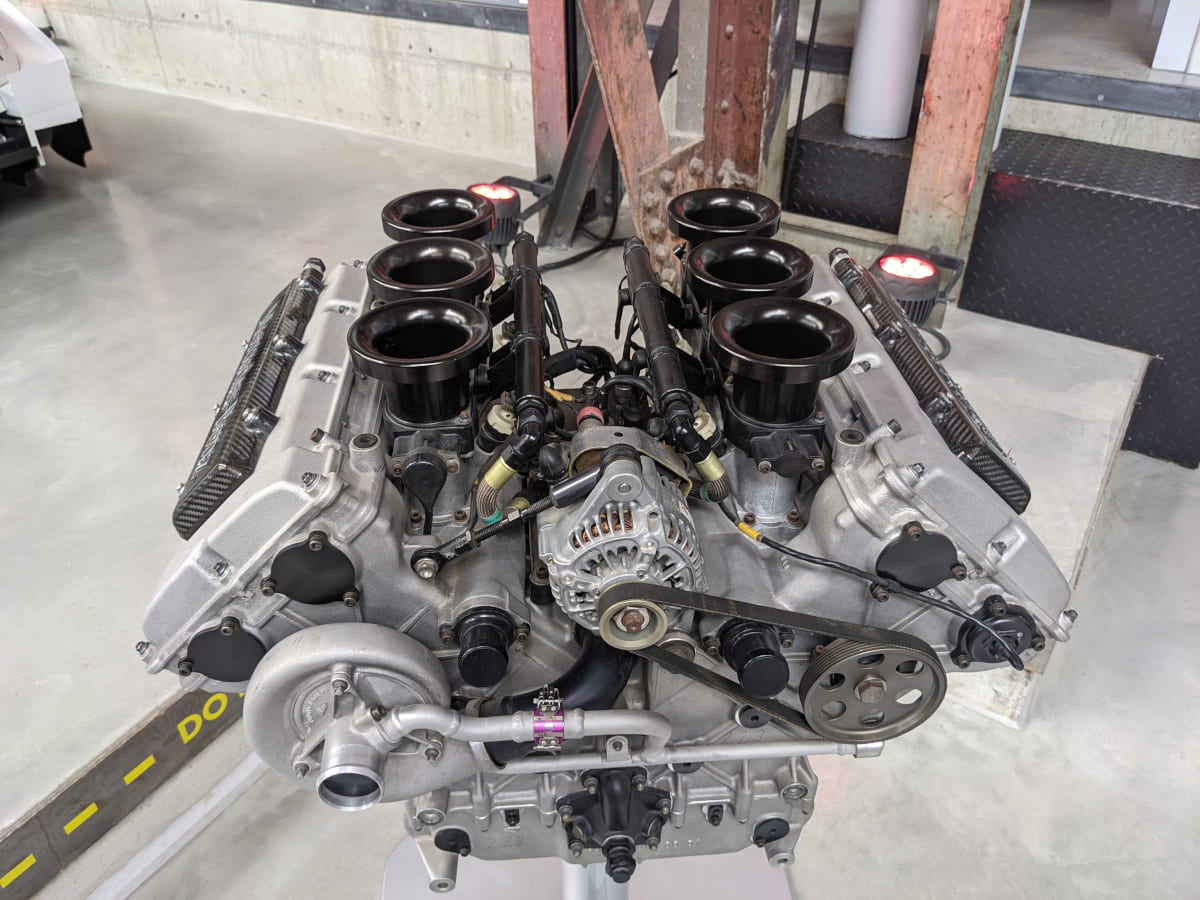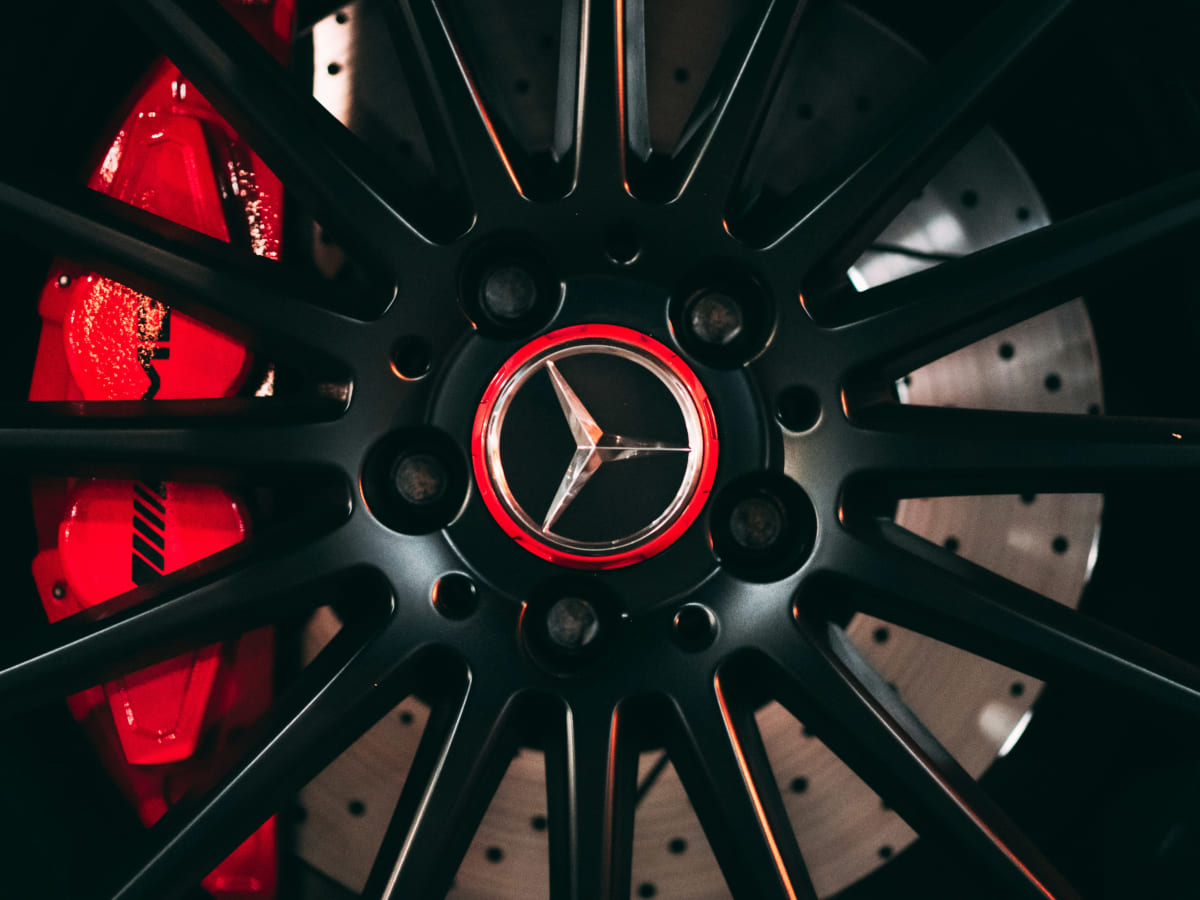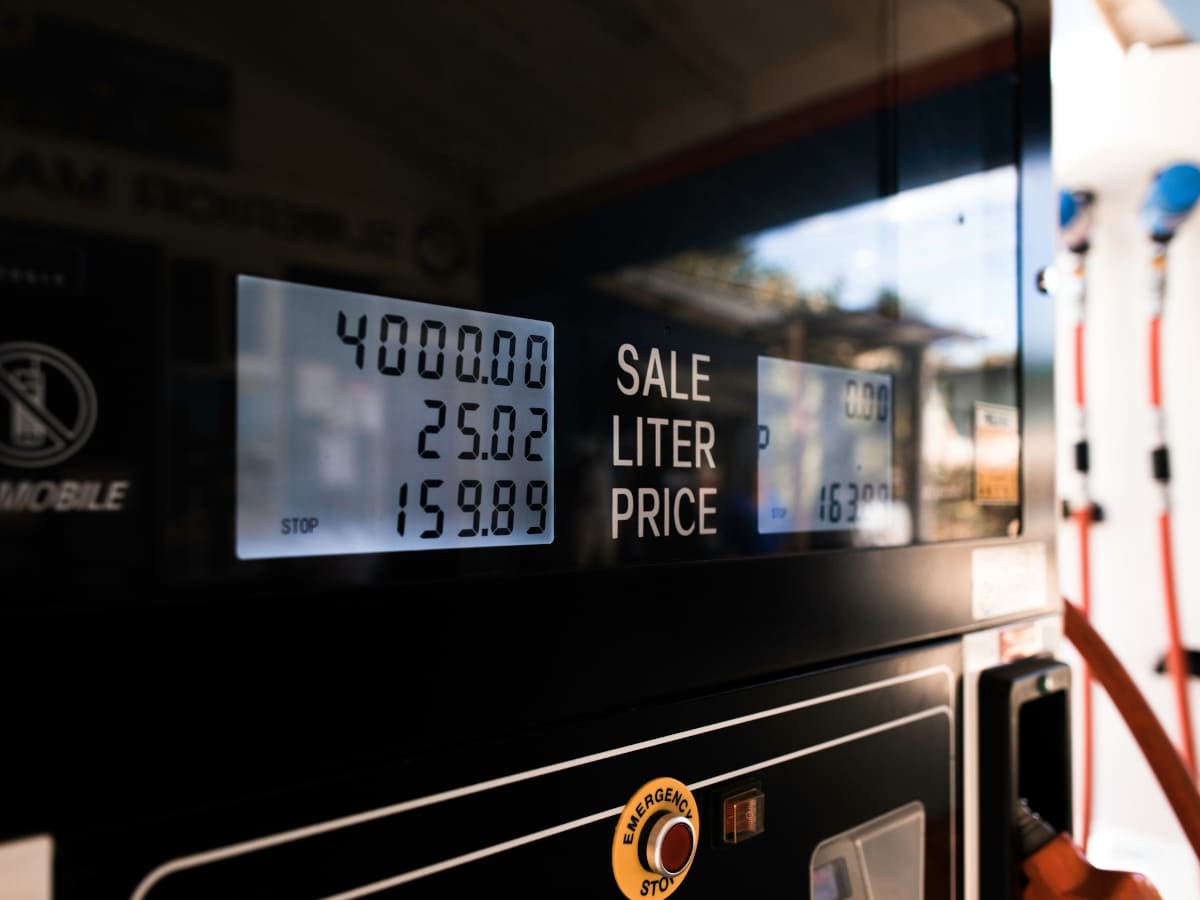High Purchase Price Compared to Non-Luxury Brands

Mercedes-Benz vehicles command a high price tag, often significantly higher than their non-luxury counterparts. This elevated cost reflects the brand's reputation for luxury. While the initial investment provides access to high-end features, premium materials, and prestigious badging, it can be a substantial financial burden for many buyers.
The price difference between a Mercedes and a comparable non-luxury vehicle can often exceed tens of thousands of dollars. This premium pricing strategy positions Mercedes as an aspirational brand but may exclude many potential buyers who cannot justify the premium price.
Expensive Maintenance and Repair Costs

Owning a Mercedes-Benz comes with the expectation of higher maintenance and repair costs compared to mainstream brands. Mercedes vehicles often require specialized knowledge and tools for servicing. Mercedes-specific parts are typically more expensive, and labor costs at authorized dealerships can be significantly higher than at independent mechanics.
Even routine maintenance procedures, such as oil changes or brake services, often cost more due to the use of premium materials and fluids. As these vehicles age, out-of-warranty repairs can be particularly costly, with even minor electronic or mechanical issues potentially resulting in hefty bills.
Rapid Depreciation

Mercedes-Benz vehicles, particularly their high-end models, are notorious for experiencing rapid depreciation. This steep decline in value can be attributed to several factors, including the high initial purchase price, the constant introduction of new models with advanced features, and the perception that luxury vehicles become outdated quickly.
Some Mercedes models can lose up to 50% of their value within the first three to four years of ownership. This depreciation rate is often more severe than that of non-luxury brands or even some competing luxury marques. For buyers, this means that a new Mercedes can quickly become a depreciating asset, losing thousands of dollars in value each year. Consequently, the rapid depreciation can be particularly problematic for those who finance their purchase, as they may find themselves in a negative equity situation, owing more on their loan than the car is worth.
Complex Electronics Prone to Failure

Mercedes-Benz vehicles are renowned for their cutting-edge technology and advanced electronic systems. While these features contribute to the luxury experience, they also introduce a higher risk of electronic failures and malfunctions. The complex network of sensors, control units, and integrated systems in modern Mercedes cars can lead to various issues, from minor annoyances to major operational problems.
Common electronic issues include glitches in the infotainment system, malfunctioning driver assistance features, and problems with electronic suspension or transmission controls. As these systems become more interconnected, a failure in one component can potentially affect multiple vehicle functions. Diagnosing and repairing these electronic issues often requires specialized equipment and expertise, leading to higher repair costs. Moreover, as these complex systems age, the likelihood of failures increases, potentially leaving owners with expensive repair bills long after the warranty has expired.
Air Suspension Problems

Mercedes-Benz's air suspension system, while providing a smooth and adjustable ride, is notorious for developing issues as vehicles age, especially in older E-Class and S-Class models. These problems often manifest as uneven ride height, sagging corners, or complete system failure. The complex nature of the air suspension, which includes compressors, air struts, and electronic controls, means that when issues arise, they can be both difficult and expensive to diagnose and repair.
Failed air struts or leaking air lines can lead to a constant cycling of the compressor, potentially causing it to burn out. Replacing individual components or the entire system can cost thousands of dollars, significantly impacting the overall ownership cost. For many owners of older Mercedes models, the temptation to convert to a traditional coil spring suspension becomes increasingly appealing as air suspension problems mount.
Transmission Issues in Some Models

Mercedes-Benz's 7G-Tronic transmission, while innovative for its time, has been known to develop issues in some older models. Common problems include rough shifting, delayed engagement, and in some cases, complete transmission failure. These issues can stem from various causes, including worn valve bodies, faulty sensors, or software glitches.
In some cases, a complete transmission rebuild or replacement may be necessary, which can run into thousands of dollars. Additionally, the specialized nature of Mercedes transmissions means that finding a qualified technician outside of dealership networks can be difficult. These potential transmission problems not only affect the driving experience but can also significantly impact the long-term reliability and cost of ownership for affected Mercedes models.
Oil Leaks from Various Engine Components

Mercedes-Benz engines, despite their reputation for engineering excellence, are not immune to oil leak issues. These leaks can occur from various points in the engine, including valve cover gaskets, oil pan gaskets, and timing cover seals. In some models, leaks from the camshaft adjuster solenoid or cylinder head gaskets are also common.
While small oil leaks might seem minor, if left unaddressed, they can lead to more significant problems, potentially causing engine damage or failure. The complexity of Mercedes engines often makes accessing and repairing these leaks more challenging and time-consuming, leading to higher labor costs. Additionally, the use of specialized sealants and high-quality replacement parts adds to the expense. Regular oil leak inspections and timely repairs are crucial for maintaining the engine's health, but they contribute to the higher maintenance costs associated with Mercedes ownership.
Rust Problems in Some Older Models

While Mercedes-Benz vehicles are generally well-built, some older models have been known to develop rust issues, particularly in regions with harsh winters or coastal areas. Common rust-prone areas include wheel arches, door sills, and underneath the vehicle, where road salt and moisture can accumulate.
In some cases, rust can also affect structural components, potentially compromising the vehicle's integrity and safety. Addressing rust issues in Mercedes models can be particularly expensive due to the cost of genuine replacement panels and the labor-intensive nature of rust repair and prevention. For classic or vintage Mercedes models, rust can significantly impact the vehicle's value.
Expensive Replacement Parts

One of the significant downsides of Mercedes-Benz ownership is the high cost of replacement parts. Whether it's a simple component like a side mirror or a more complex part like an engine control unit, Mercedes parts typically come with a premium price tag. This high cost is partly due to the quality and engineering that goes into these components, but it's also a reflection of the brand's luxury positioning.
Even routine replacement items such as brake pads, filters, and fluids are often more expensive than those for non-luxury brands. The use of specialized materials and advanced technologies in Mercedes vehicles further contributes to the high cost of parts. For owners, this means that even minor repairs or maintenance tasks can become surprisingly expensive.
COMAND Infotainment System Glitches and Outdated Interfaces

Mercedes-Benz's COMAND infotainment system, while feature-rich, has been a source of frustration for many owners, particularly in older models. Common issues include slow response times, system freezes, connectivity problems with mobile devices, and navigation inaccuracies. The user interface in some older versions of COMAND can feel dated and unintuitive compared to more modern systems or even smartphone interfaces.
These issues not only detract from the luxury experience expected from a Mercedes but can also be distracting and potentially dangerous while driving. Updating or repairing the COMAND system can be expensive, and in older models, replacement options may be limited. As automotive technology advances rapidly, the COMAND system in some Mercedes models can feel obsolete quickly, potentially impacting the perceived value of the vehicle.
Balance Shaft issues in Some V6 Models

Some Mercedes-Benz V6 engines, particularly those produced between 2004 and 2006, have been plagued by balance shaft issues. The balance shaft, designed to reduce engine vibrations, can wear prematurely, leading to a range of problems. Symptoms often include a rattling noise from the engine, decreased performance, and in severe cases, complete engine failure.
The root cause is typically attributed to a design flaw in the balance shaft gear, which can wear down and eventually break. Addressing this issue usually requires extensive engine work, including disassembly of the lower portion of the engine to replace the balance shaft and its associated components. This repair is not only technically challenging but also extremely costly, often running into thousands of dollars.
Higher Insurance Premiums

Owning a Mercedes-Benz typically comes with higher insurance premiums compared to non-luxury vehicles. This increase in insurance costs is attributed to several factors. Firstly, the high value of Mercedes vehicles means that they are more expensive to replace or repair in the event of an accident. The advanced technology and specialized components in these cars further drive up repair costs.
Additionally, luxury vehicles like Mercedes are often targets for theft, which increases the risk factor from an insurer's perspective. The performance capabilities of many Mercedes models, especially AMG variants, can also lead to higher premiums as they are perceived to be at greater risk of speed-related accidents.
Strict Maintenance Schedules Requiring Specialized Service

Many maintenance tasks require specialized tools and diagnostic equipment that are only available at authorized Mercedes dealerships or specialized independent shops. This limits the owner's options for servicing and often results in higher maintenance costs. The complexity of Mercedes systems means that even routine maintenance, such as oil changes or brake services, can be more time-consuming and expensive.
Additionally, Mercedes often requires the use of specific, high-grade fluids and parts, further increasing maintenance costs. Failure to adhere to these strict maintenance schedules can lead to accelerated wear, decreased performance, and potentially void warranties.
Fuel System Problems

Mercedes-Benz vehicles have experienced their share of fuel system issues, particularly fuel pump failures in some models. These problems can manifest in various ways, from difficulty starting the engine to sudden loss of power while driving. In some cases, fuel pump failures can leave drivers stranded when the engine won’t start at all.
The high-pressure fuel pumps used in many Mercedes models, particularly those with direct injection systems, are complex and expensive components. Replacing a failed fuel pump often involves significant labor costs, as accessing the pump can be challenging in some models. Additionally, fuel system issues can extend beyond just the pump, including problems with fuel injectors, fuel pressure regulators, and fuel lines.
Electrical System Failures

Mercedes-Benz vehicles are known for their advanced electrical systems, which, while providing numerous features and functionalities, can also be a source of frustration and expense for owners. One common issue is unexpected battery drain, where the vehicle's battery loses charge even when the car is not in use. This can be caused by various factors, including faulty sensors, malfunctioning control modules, or software glitches.
Other electrical problems can include failures in the central locking system, power windows, seat adjustments, and various electronic control units. The interconnected nature of modern Mercedes electrical systems means that a fault in one component can sometimes affect multiple systems, making diagnosis more challenging. As these vehicles age, the likelihood of electrical issues increases.
Panoramic Sunroof Leaks and Rattles in Some Models

Mercedes-Benz's panoramic sunroofs, while offering an expansive view and a luxurious feel, have been known to develop issues in some models. Leaks are a primary concern, often resulting from clogged drainage tubes, deteriorated seals, or misalignment of the sunroof panel. These leaks can lead to water intrusion into the cabin, potentially causing damage to the interior, electrical components, and even mold growth.
Additionally, rattles and creaks from the sunroof mechanism are not uncommon, especially as the vehicle ages. These noises can be particularly irritating in a luxury vehicle where a quiet, refined ride is expected. Repairing sunroof issues can be complex and expensive, often requiring the removal of interior trim and, potentially, the entire sunroof assembly.
Expensive Brake Replacements

Brake replacements on Mercedes-Benz vehicles, particularly on high-performance models, can be surprisingly expensive. The advanced braking systems used in Mercedes cars, which often include large, ventilated discs and multi-piston calipers, are designed for optimal performance but come with a high price tag for maintenance.
Performance models, such as those in the AMG line, often use specialized brake components that are significantly more expensive than those found on standard models. Even on non-performance Mercedes vehicles, brake parts are typically pricier than those for non-luxury brands. Additionally, some Mercedes models use brake wear sensors that need replacement along with the pads, adding to the overall cost.
Engine Mounts Wear Out Faster

Engine mounts in some Mercedes-Benz models have been known to wear out more quickly than expected, leading to a range of issues for owners. These mounts, which secure the engine to the vehicle's frame and help absorb vibrations, play a crucial role in providing a smooth, quiet ride. When they fail, it can result in excessive engine movement, increased cabin vibration, and, in some cases, misalignment of engine components.
Engine mount wear can occur due to the weight of the engines, the performance characteristics of certain models. Symptoms of failing engine mounts include unusual noises, especially when accelerating or shifting gears, increased vibration felt through the steering wheel or floorboard, and, in severe cases, visible engine movement when the hood is open.
Catalytic Converter Failures

Catalytic converter failures have been a notable issue in certain older Mercedes-Benz models. The catalytic converter, a crucial component of the vehicle's emissions control system, can fail due to various reasons including age, high mileage, or engine performance issues that cause excessive heat or contamination.
In some Mercedes models, particularly those from the late 1990s and early 2000s, catalytic converters have been prone to premature failure. Symptoms of a failing catalytic converter include decreased engine performance, increased exhaust emissions, and in some cases, a check engine light. The cost of replacing a catalytic converter in a Mercedes can be significantly higher than in non-luxury vehicles due to the use of precious metals and the complexity of their exhaust systems.
Premium Fuel Requirement

Most Mercedes-Benz vehicles require premium fuel, which significantly increases the running costs compared to vehicles that can operate on regular gasoline. The high-performance vehicles are designed to operate optimally with higher-octane fuel. The price difference between premium and regular fuel can be substantial, often 20-30% more per gallon.
Over time, these additional fuel costs add up, especially for drivers who cover high mileage or use their vehicles frequently. While some owners might be tempted to use regular fuel to save money, doing so can lead to reduced performance, decreased fuel efficiency, and potentially even engine damage in the long term. The need for premium fuel also means that fueling options may be more limited, especially in rural areas where premium fuel might not be as readily available.
 Author
James Stephens
Last Updated: October 30, 2025
Author
James Stephens
Last Updated: October 30, 2025